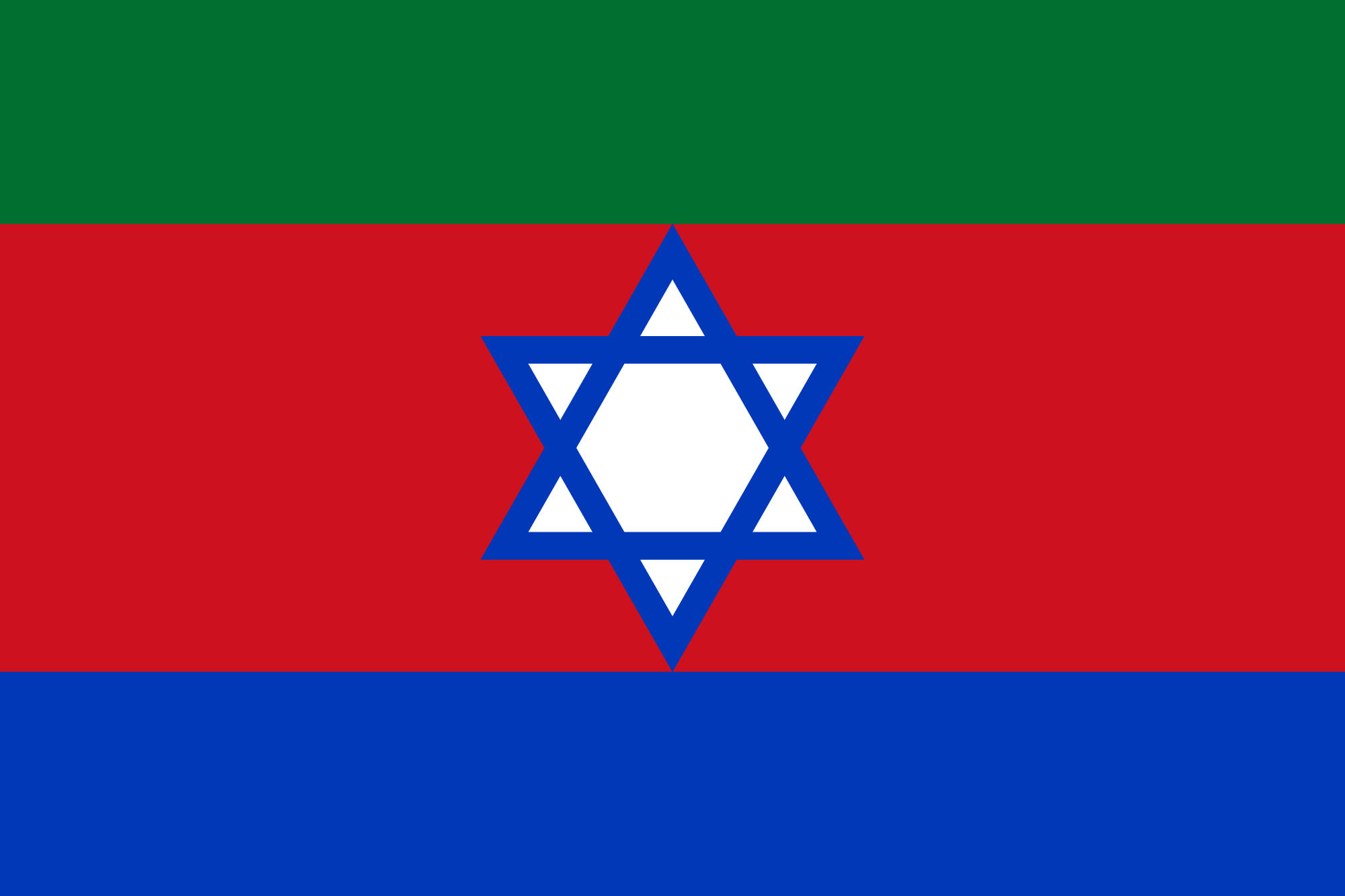Bene Menashe

Bene Menashe is the name given to Judaizing groups from northeast India, mainly in the two Indian states of Mizoram and Manipur. The Bene Menashe claim descent from the tribe of Manasseh, one of the ten tribes exiled from the Land of Israel by the Assyrians over 2,700 years ago. Members of the group include ethnic Chins, Lushais, Kukis, and Mizos. Collectively they are often referred to as Shinlung.
The movement, if one can call it such, started in the 1950s as a by-product of the experience of colonialism and Christian missions. Remarkably, by the end of the 20th century, several hundred Shinlung had formally converted to Orthodox Judaism. Many thousand more practiced a kind of Judaism. Others practiced Christianity while thinking of themselves as descendants of the ancient Israelites.
By 2005, some 800 converts had settled in Israel, helped by an organization called Shavei Israel, a Jerusalem-based group that attempts to give help and succor to “lost Jews” seeking to return to the Jewish people. For the most part, the Shinlung do not see themselves as converts in the usual sense of the term: like other such groups – one might cite the Bene Ephraim Telugu-speaking Jews of Andhra Pradesh who believe themselves to be descended from the Tribe of Ephraim – they believe that they are of Jewish descent. This controversial claim has found little support among scholars, although a gifted Israeli essayist and translator – Hillel Halkin – took up their cause in a colorful account published in 2002. He was joined in 2005 by the Sephardi chief rabbi of Israel, Shlomo Amar, who decided to formally recognize the Bene Menashe as “descendants of Israel” and agreed to dispatch a beit din from Israel to northeast India to convert them.
In November 2017, 162 people from India’s Bnei Menashe community arrived in Israel to reunite with family members and make new lives in the country. Another 252 arrived in December 2020.
“The story of this unique community that maintained its connection to the Jewish people and the land of Israel down through the generations is powerful and inspiring, and I fervently hope that we will soon see all the remaining Bnei Menashe make aliyah as well,” said Michael Freund, founder, and chairman of Shavei Israel.
Approximately 3,000 Bnei Menashe have settled in Israel, with an additional 7,000 waiting to immigrate. In 2022, the first synagogue for the community was dedicated in Nof Hagalil.
BIBLIOGRAPHY
S. Weil, “Double Conversion among the ‘Children of Menasseh,’” in Contemporary Society: Tribal Studies (Satya Narayana Ratha Festschrift Volumes), vol.1, Structure and Progress, ed. G. Pfeffer and D. Behera (New Delhi, n.d.); T. Parfitt, The Lost Tribes of Israel: The History of a Myth (2002); T. Parfitt and E. Trevisan-Semi, Judaising Movements: Studies in the Margins of Judaism (2002); H. Halkin, Across the Sabbath River: In Search of a Lost Tribe of Israel (2002); M. Samra, “Judaism in Manipur and Mizoram: By-Product of Christian Mission,” in The Australian Journal of Jewish Studies, 6, no.1 (1992); idem, “The Tribe of Menasseh: ‘Judaism’ in the Hills of Manipur and Mizoram," in Man in India, 71/1 (1991); idem, “Buallawn Israel: The Emergence of a Judaising Movement in Mizoram, Northeast India,” in L. Olson (ed.), Religious Change, Conversion and Culture (1996).
Sources: Tudor Parfitt (2nd ed.), Encyclopaedia Judaica. © 2008 The Gale Group. All Rights Reserved;
“231 immigrants from two ‘lost tribes’ arrive in Israel,” Times of Israel, (November 16, 2017);
Naama Barak, “252 new immigrants from lost tribe arrive in Israel,” Israel21c, (December 17, 2020).
David Isaac, “Bnei Menashe inaugurate their first synagogue in Israel,” JNS, (November 23, 2022).
Flag Public Domain Wikimedia


